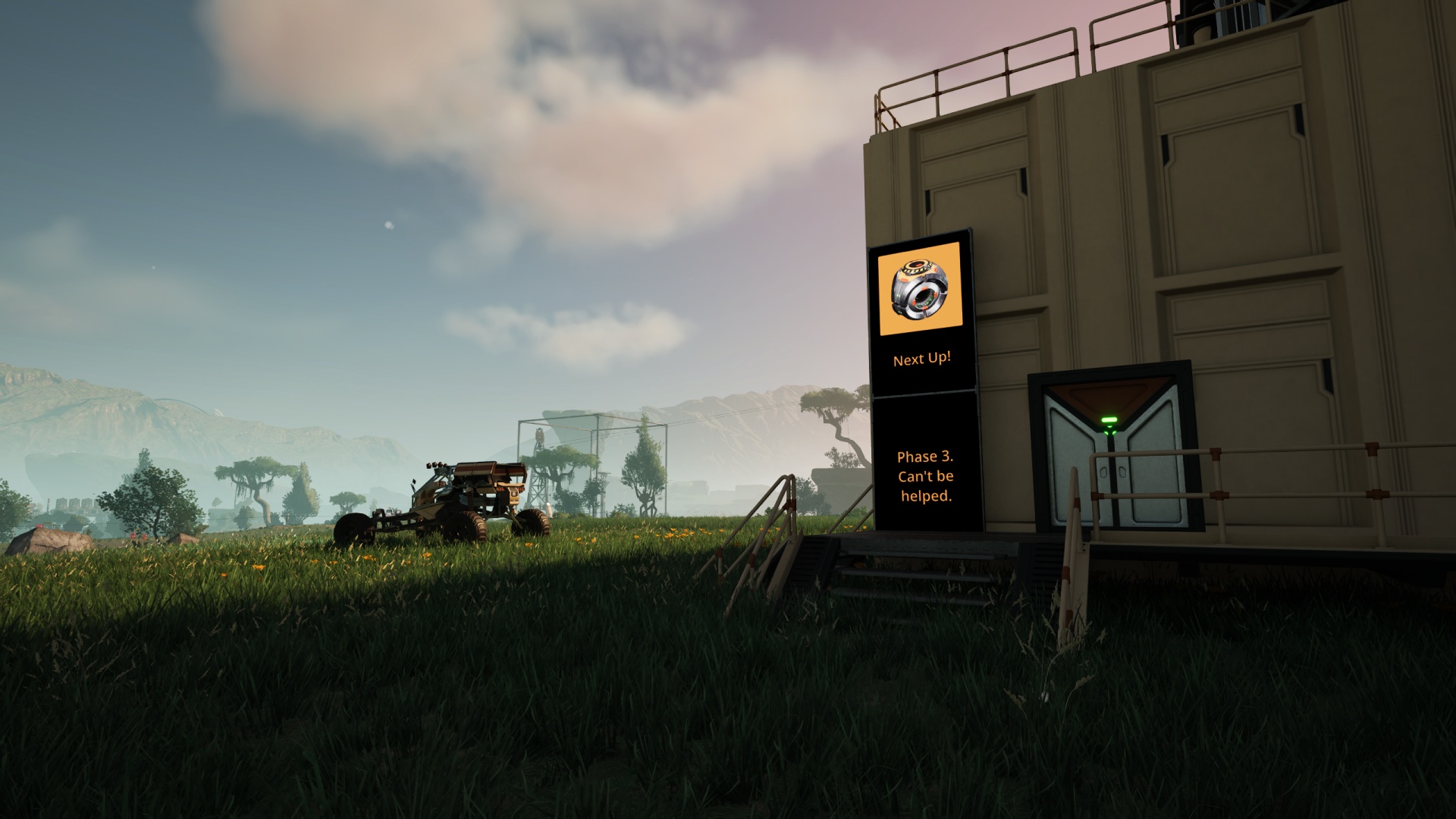To many people I know, running through “what if?” mental exercises is a favored pasttime. Turns out that authors like Myke Cole can also have a lot of fun with the “what if?” game, and in his case he possessed the means and opportunity to chase down some answers. It helps that his particular “what if?” actually happened several times throughout a particular period of history.
What if the Roman legions faced off against the ancient phalanx infantry formation?
Mr. Cole set out to write a historical tome bridging the knowledge gap between that of the expert academic and of the casual layperson. To truly understand the question, of course, requires a staggering amount of investment of time & energy into researching not only the directly relevant historical records (such as they are by this time) but also the records relating to those records. For the faint of heart, this is not.
The book takes pains to state at the outset and repeat throughout that any condensed version of telling the events of these battles will and must absolutely leave out a lot of the details or the book would end up weighing several tons in print form. Also, the primary informational sources available were, for the most part, folks writing up the events many, many years later… and they all had biases at play. Figure that anyone getting paid to write a history is getting paid by someone with a political agenda of some sort, and said historian wants to get paid so they’re not going to write anything which will directly anger their patron. On top of that there’s the issue of how accurate the historians’ sources were, if at all.
To sum up: Looking back at the days before the Roman Empire was in full swing is difficult at best.
What we start with in this book is a background history primer on the geopolitics of the region and as much as we know about the equipment in use by various types of soldiers. The meat of the book is the detailed breakdowns of six specific battles that shed light on the original source question. All of this is, by a certain amount of necessity, a heavily detailed and somewhat dry collection of complicated information. This book isn’t meant to be glibly accessible; you need to work for it a bit. On the other hand, Mr. Cole lightens things up by weaving a narrative plotline through each battle (clearly stating where he is taking liberties because the source materials are in conflict and so forth, mind you) and pulling you into the events with a storyteller’s verve.
Mr. Cole is a former serviceman and states clearly from the beginning how this project is very personal to him, this chance to delve into the lives and trials of soldiers from days gone by. It’s a way to connect to people thousands of years gone who did much the same job as it is today, albeit with different gear and organizational structures. He writes with both respect and realism, never glorifying war in and of itself but unstinting in admiration for the soldiers’ accomplishments where due. His enthusiasm for the project and respect for the material and the sheer amount of information condensed down for our educational benefit is all outstanding.
I’m looking forward to the next such project, which as I understand it is a deep dive into the actual history surrounding those mythical Spartans.
